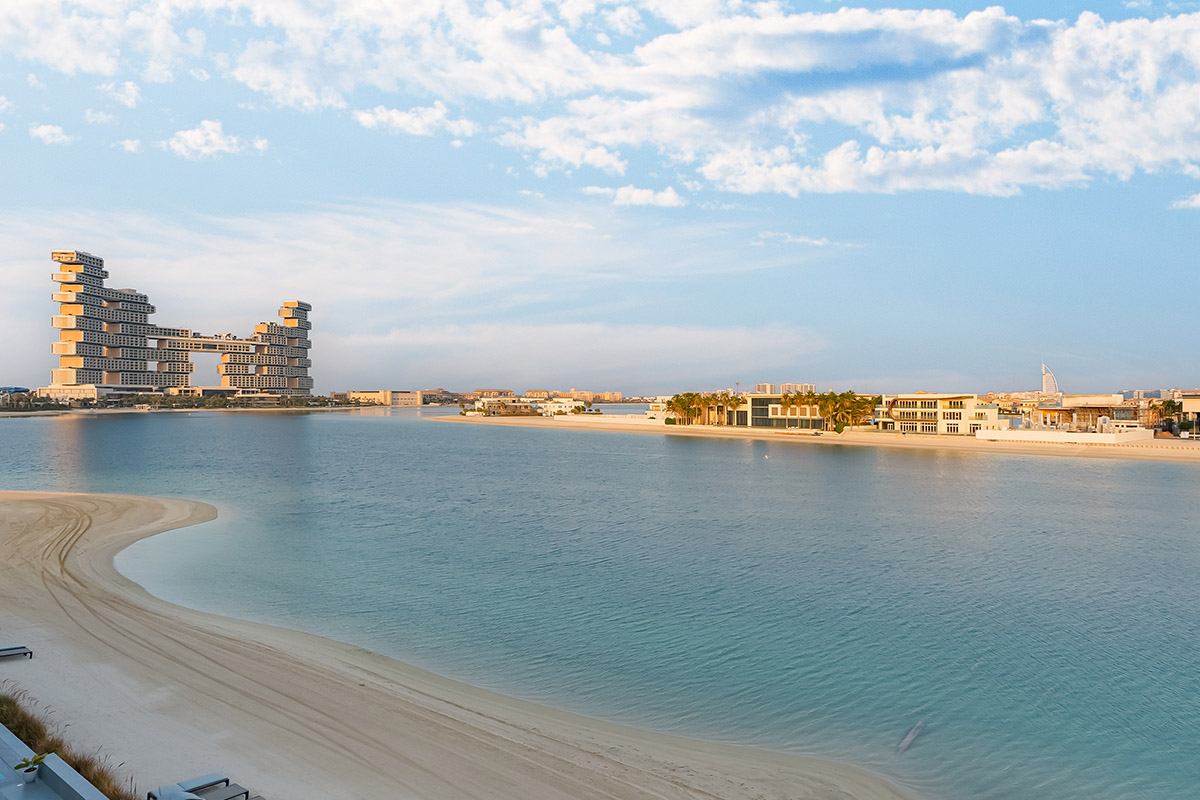The newly-unveiled Dubai Economic Agenda (D33) aims to expand Dubai’s status as an economic powerhouse by 2033, further boosting the city’s real estate market.

Sheikh Mohammed bin Rashid Al Maktoum, Vice President and Prime Minister of the U.A.E. and Ruler of Dubai, recently announced the D33 strategy that will shape the city’s coming decade (courtesy Gulf Business).
It has taken a little more than a week to fully digest the magnitude of the Dubai Economic Agenda, named D33 in homage to the year of its accomplishment as well as the 200th anniversary of Dubai’s founding.
The far-reaching plan aims to elevate the city’s economic standing to unprecedented heights.
“All sectors including logistics, digital, legal, financial and infrastructure need to think out of the box during the next 10 years, said Sheikh Maktoum bin Mohammed Al Maktoum, Deputy Prime Minister and Finance Minister of the U.A.E. and Deputy Ruler of Dubai. “Our ambitions today are much higher than before.”
Indeed, D33 specifies objectives that are both sweeping in their scope but detailed in their targets:
* At the broadest level, it aims to double the Dubai economy, with the plan’s total economic targets amounting to AED 32 trillion by 2033.
* The strategy aims to both increase foreign trade to a whopping AED 25.6 trillion, and also entice FDIs totalling AED 650 billion by 2033. This ties in well with other government initiatives like the Golden Visa, and also builds upon HNWIs increasingly choosing Dubai. Indeed, the city’s centi-millionaires are expected to increase by 52% over the next decade. This will contribute greatly to making Dubai one of the world’s top four financial centres, another D33 aim.
* The city envisages itself as a leader in the digital economy space, targeting an annual AED 100 billion from digital transformation projects.
* Private sector investments will also increase to a trillion dirhams in the next decade, while a programme to support 30 private companies in becoming unicorns is also mooted.
The plan further lays out a slew of dedicated projects that will rapidly increase economic output and social involvement. From establishing trade corridors with 400 cities and introducing a unified Dubai licence to making the city a hub for green manufacturing and launching “Sandbox Dubai” to realise new technologies, the projects cover a breathtaking magnitude.
Importantly, the plan also places a heavy emphasis on youth, expecting to bring in 65,000 young Emiratis into the job market while also reinforcing plans to attract world-class universities.

Palm Jumeirah, one of the prime areas set to witness increased investment in the coming years.
Naturally, a positive effect is expected on a real estate market that saw 90,881 transactions in 2022 — breaking a 13 year record.. According to recent Arabian Business and Zawya reports, prices for premium apartments and villas in Dubai soared by 50% in 2022 as compared to 2021, while 2023 expects them to rise by 13.5%, far outpacing Miami’s 5%, and Lisbon and L.A.’s 4%.
Market-leading yields also mean an even greater uptick in foreign investment. Coupled with minimal effects of global inflation, it means that the real estate market and D33 are in a chicken and egg situation — each necessitates the success of the other. And the symbiotic relationship is not limited to Dubai alone; already Ras Al Khaimah has revamped its holiday homes system to attract more eyes.
Sheikh Hamdan bin Mohammed bin Rashid Al Maktoum, Crown Prince of Dubai, summarises succinctly: “We aim to make Dubai a global role model that can help realise people’s dreams and offer them the world’s best standard of living.”



